Vul. Universytetska, 1 – Lviv Ivan Franko National University main building
Architecture
The University is a complicated three-storied building close to a pentagon in plan. It has three courtyards, a high base and a mansard roof. The main façade facing the park is designed in the Neo-Renaissance style with a noticeable influence of the contemporary Vienna palace architecture. It has one central and two lateral avants-corps decorated according to the order system, including avants-corps decorated with Corinthian order columns and pilasters.
Front stairs with a lobby and main premises of the former Sejm are located in the central part of the building next to the main entrance. The main six-flight stairs were used by deputies who entered the building through the main entrance from Universytetska street. These stairs and a gallery around them provided communication between the Sejm assembly hall, its premises and offices of the Provincial Department.
Under the front staircase of the main building, wardrobes were located. The stairs, hewn of Terebovlia stone, were lit through a skylight made of metal and glass.
According to the original project of the building, the Provincial Sejm's assembly hall could accommodate 230 deputies. Chairs were placed in a semicircle in the hall; they stood in tiers, like in an amphitheater, and were divided by passages along the circle rays. On a platform located at the front wall the marshal's chair stood; places for four Sejm secretaries were arranged on both sides of the platform below. There was a rostrum for speakers in front of the marshal's chair, with stenographers in front of it. Chairs for the government commissioner and three Sejm aides stood nearby.
The hall was lit by kerosene lamps in the evening. It was here that electric light was lit for the first time in Ukraine on 14 June 1881, on the initiative of engineers Roman Gostkowski and Franciszek Rychnowski.
The building's sculptural decoration was one of the richest among those Lviv buildings which were erected during the autonomy period (1871-1914). Most famous Lviv craftsmen were engaged in its construction as well as sculptors who worked outside of Galicia at that time, including Leonard Marconi, Teodor Rygier, Tadeusz Barącz, Zygmunt Trembecki, Feliks Mikulski, Zygmunt Gorgolewski.
The interior artistic decoration includes a plastic design of the staircase, conference hall and assembly hall. On both sides of the building’s central axis at the level of the gallery situated in front of the assembly hall, there used to be two sculptural groups created by Zygmunt Trembecki. These groups depicted four ancient rulers of Poland and Rus' (Ruthenia): princes Mieszko I and Volodymyr the Great, who established Christianity in their lands, as well as king Casimir the Great and prince Yaroslav the Wise. These sculptures disappeared during the World War II or immediately thereafter.
The Neo-Renaissance décor of the staircase and of the Sejm assembly hall was designed by sculptor Leonard Marconi (1880). The assembly hall's décor has been changed significantly. It was reconstructed under a 1920 project in 1923 and again in the 1950s. The university lobby walls are covered with murals in the style of that time.
The most showy premises of the building were located on the second floor. Apart from representative rooms, the Provincial Sejm assembly hall and the so-called "Marshal's Hall" were located there. The assembly hall was decorated with a painting entitled "The Union of Lublin", while that of the marshals (chairmen of the parliament) had a painting named "The Constitution of 3 May 1791" hanging on one of the walls. Both paintings were created by Jan Matejko, a famous Polish painter, and are kept in Warsaw now. In the Marshal's Hall, there were also portraits of the Sejm marshals, including count Alfred Potocki, Mikołaj Zyblikiewicz, count Ludwik Wodzicki, Włodzimierz Dzieduszycki, prince Leon Sapieha, and count Stanisław Badeni. The authors of the portraits were artists Jan Matejko, Henryk Siemiradzki, Kazimierz Pochwalski.
The main sculptural group (in the composition located above the attic on the main façade), entitled "The Guardian Spirit of Galicia", was created by sculptor Teodor Rygier in Italy in 1880-1881. In the center of the composition, there is an allegorical female figure, Galicia, who stretches her hands to the personifications of the Dniester and the Vistula, the "Ruthenian man" and the "Masurian woman", placed on both sides. This sculptural group played an important ideological role, indicating functionality of this government and administration building. In addition, Teodor Rygier is the author of two allegorical sculptures in front of the entrance, symbolizing education and work. For the allegorical groups on the attic and in front of the entrance he was made an honorary member of the Florence Academy of Art. Statues, placed directly in front of the avant-corps attic, are notable for their traditional academic art nature. They were created by Zygmunt Trembecki and Felix Mikulski. The former made statues symbolizing Faith and Justice, while the latter those symbolizing Education and Labor. Nine lions around the building's crown, holding shields with the coats of arms of cities and towns situated in the province of Galicia (most coats of arms were destroyed in the post-war years), may have been made by Tadeusz Barącz.
An art collection, which used to be a part of the Sejm premises decorations, was partially moved to Poland after the Sejm ceased to function and partially lost after 1941.
Related Places
Vul. Kyryla i Mefodiya, 06 – Lviv National Franko University building
Show full description
Vul. Kyryla i Mefodiya, 08 – Lviv National Franko University building
Show full description
Personalities
-
Leonard Marconi
–
Leonard Marconi was a sculptor and building decorator, professor at the Higher Technical School in Lviv.
-
Adolf Beck
– Professor, doctor of physiology.
- Tadeusz Boy-Żeleński – Polish writer, translator, publicist.
- Tadeusz Hollender – Polish writer.
- Karol Kuryluk – Polish journalist, publisher, cultural figure.
- Denys Lukiyanovych – Ukrainian writer and pedagogist.
-
Mykhaylo Rudnytskyi (1889–1975)
–
Ukrainian literary scholar, critic, essayist, journalist, writer, translator, and teacher.
-
Ostap Tarnavskyi (1917–1992)
–
Ukrainian poet, translator, critic, literary scholar.
- Vasyl Tkachuk – Ukrainian writer.
-
Stepan Tudor (1892–1941)
–
Ukrainian writer, literary critic, publicist, philosopher and political figure.
-
Mykhaylo Vozniak (1881–1954)
–
Ukrainian literary scholar.
- Stanisław Kulczyński – Polish botanist, politician, professor at the Jan Kazimierz University in Lviv and at the University of Wroclaw.
-
Yulian Lavrivskyi
–
Ukrainian political and cultural figure, judge, Galician Diet member and its vice-marshal, member of the Ruthenian Congress, Congress of Ruthenian Scholars, organizer of the Ruska Besida society and its theater, head of the Prosvita.
-
Godzimir Małachowski
–
Polish lawyer, politician, Deputy of Halychyna Parliament and the Austrian Parliament, President of Lviv (1896-1905).
-
Yevhen Olesnytskyi
– Leading Galician politician of Ukrainian (Ruthenian) origin, advocate, economist, journalist and translator.
- Sylvestr Sembratovych – A Ukrainian church figure, Metropolitan of the Greek Catholic Church.
- Raphael Lemkin – Rafał (Raphael) Lemkin (1900-1959) is by now the most prominent Polish lawyer of the 20th century, widely known for his investment in conceiving the linguistic and legal terms appropriate for what due to his efforts has become common currency under the expression genocide.
- Hersch Lauterpacht – Sir Hersch Lauterpacht (1897–1960) is considered one of the most influential international legalists of the twentieth century, if not the founder of modern international law, due to his remarkable contributions to the foundation of the international protection of human rights after 1945.
-
Ivan Stupnytskyi
–
Fr. Ivan Stupnytskyi is an example of an intellectual for whom, despite his religious rank, studies in numismatics and archeology did not have a clearly religious basis, being rather a pleasure at leisure, which his education and high social position allowed him. Chancellor of the Greek Catholic Church, bishop of Przemyśl and deputy marshal of the Galician Diet, he also was a correspondent of the Viennese Central Commission for the Protection of Monuments in 1866-1890.
Organizations
Sources
- State Archives of Lviv Oblast (DALO). 2/1/958
- DALO. 2/1/960.
- DALO. 2/1/968.
- DALO. 2/1/962.
- DALO. 2/1/974.
- Олена Аркуша, Мар'ян Мудрий, "З історії спорудження Галицького крайового сейму у Львові", Наукові зошити історичного факультету, вип. 4., (Львів, 2001), 133-144.
- Володимир Вуйцик, Роман Липка, Зустріч зі Львовом. Путівник, (Львів: Каменяр, 1987), 94.
- Львів. Туристичний путівник, (Львів: Центр Європи, 1999), 58-59.
- Борис Мельник, Довідник перейменувань вулиць і площ Львова, (Львів: Світ, 2001), 11.
- Mieczysław Orłowicz, Przewodnik po Lwowie, (Lwów, 1925), 95.
- Lwów. Ilustrowany przewodnik, (Lwów: Centrum Europy, Wrocław: Via Nova", 2001), 38.
Media Archive Materials
Related Pictures
-
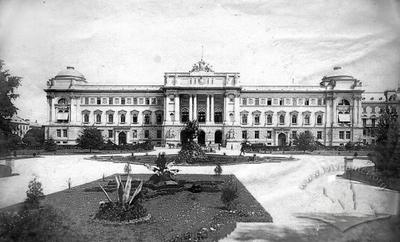 Національний університет ім. І. Франка
Національний університет ім. І. Франка
-
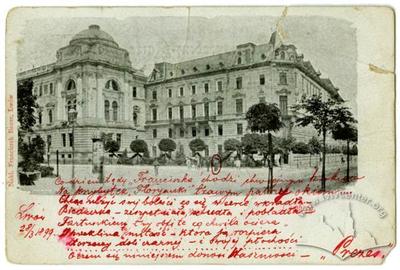 Вулиця Січових стрільців
Вулиця Січових стрільців
-
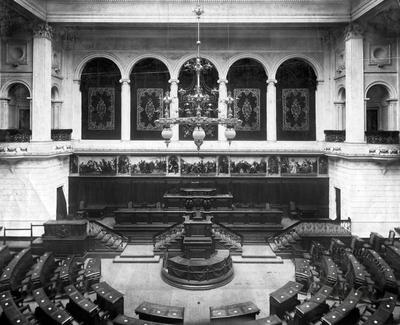 Актовий зал ЛНУ імені Івана Франка
Актовий зал ЛНУ імені Івана Франка
-
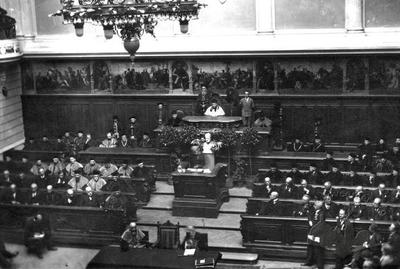 Зал засідань Галицького сейму
Зал засідань Галицького сейму
-
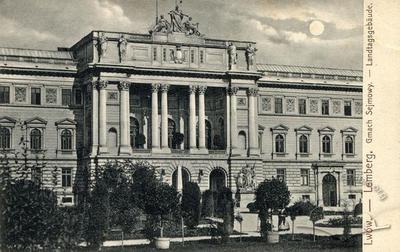 Споруда Галицького сейму
Споруда Галицького сейму
-
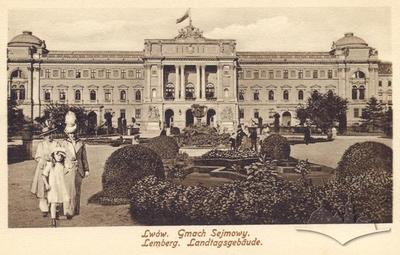 Львівський Національний університет ім. і. Франка
Львівський Національний університет ім. і. Франка
-
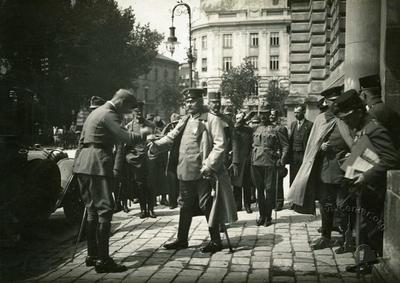 Фельдмаршал Гінденбург у Львові
Фельдмаршал Гінденбург у Львові
-
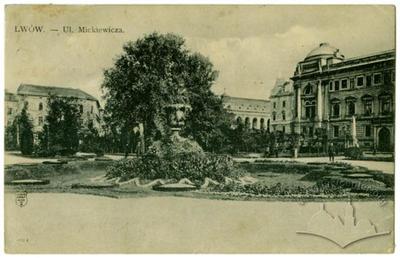 Вулиця Листопадового Чину
Вулиця Листопадового Чину
-
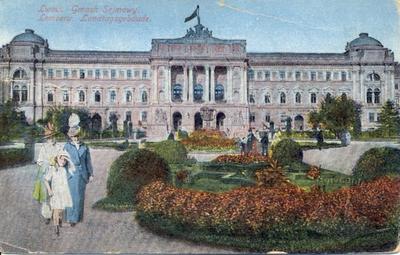 Споруда Галицького сейму
Споруда Галицького сейму
-
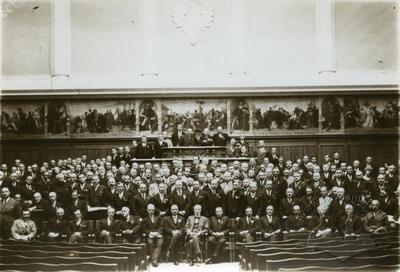 Зала засідань Львівського університету
Зала засідань Львівського університету
-
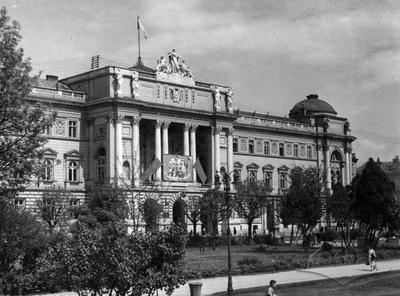 Львівський університет ім. І. Франка
Львівський університет ім. І. Франка
-
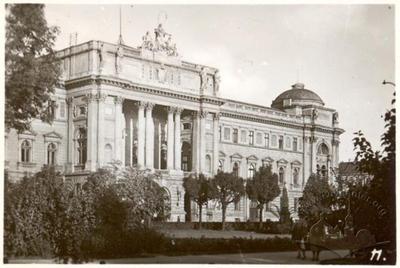 Університет
Університет
-
 Панорама міста та університет
Панорама міста та університет
-
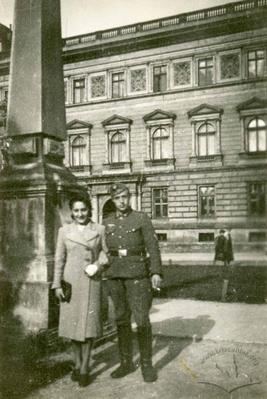 Німецький військовий на фоні Львівського університету
Німецький військовий на фоні Львівського університету
-
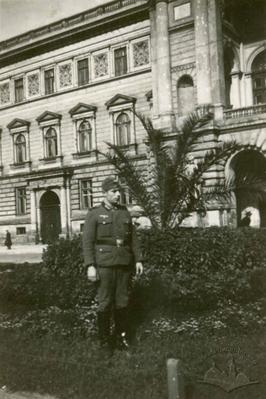 Німецький офіцер в парку Костюшка
Німецький офіцер в парку Костюшка
-
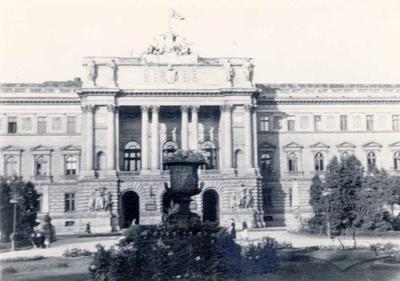 Вид на Національний університет ім. І. Франка
Вид на Національний університет ім. І. Франка
-
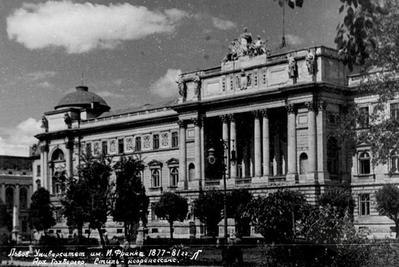 Львівський національний університет імені Івана Франка -
Львівський національний університет імені Івана Франка -
-
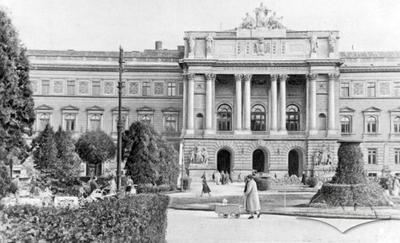 Нижня частина парку ім. І. Франка
Нижня частина парку ім. І. Франка
-
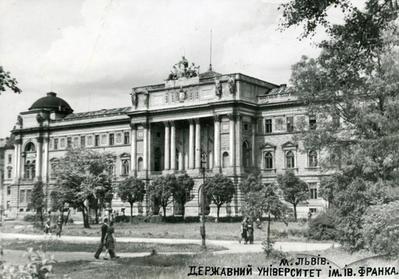 Національний університет ім. Івана Франка
Національний університет ім. Івана Франка
-
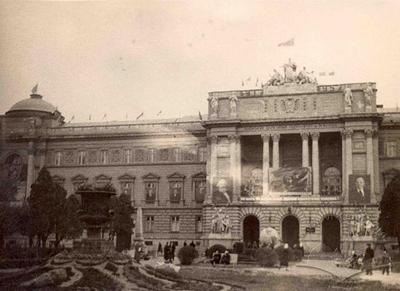 Парк ім. Івана Франка
Парк ім. Івана Франка
-
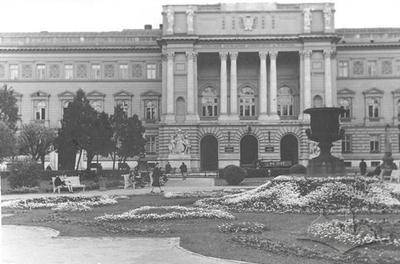 Львівський університет імені Івана Франка
Львівський університет імені Івана Франка
-
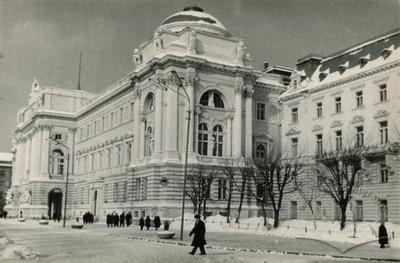 Львівський державний університет ім. І. Франка
Львівський державний університет ім. І. Франка
-
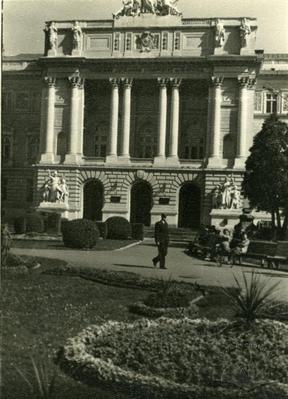 Парк ім. І. Франка
Парк ім. І. Франка
-
 Молода пара біля університету
Молода пара біля університету
-
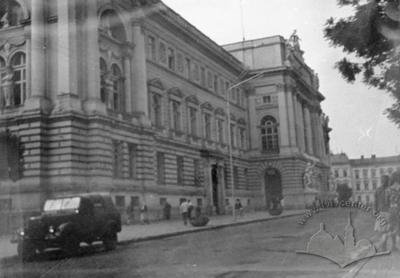 Вид вулиці Університетської
Вид вулиці Університетської
-
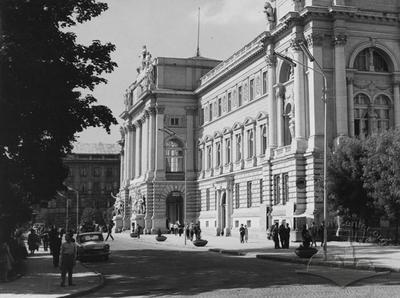 Львівський національний університет ім. І.Франка
Львівський національний університет ім. І.Франка
-
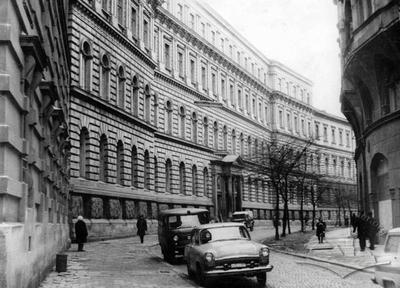 Львівський національний університет ім. І.Франка з вул. Костюшка
Львівський національний університет ім. І.Франка з вул. Костюшка
-
 Віче біля пам'ятника Івану Франко
Віче біля пам'ятника Івану Франко
-
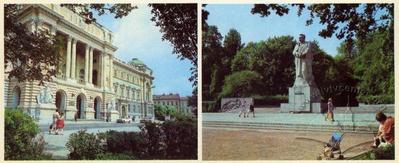 Пам'ятник Івану Франку та Університет
Пам'ятник Івану Франку та Університет
-
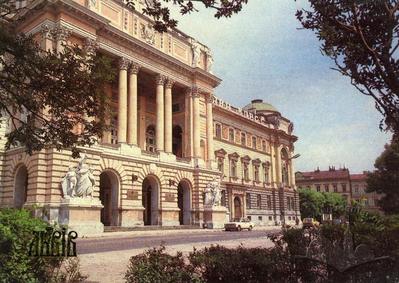 Державний університет ім. І. Я. Франка
Державний університет ім. І. Я. Франка
-
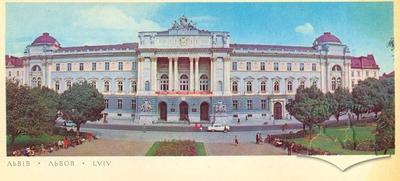 Державний ордена Леніна університет імені Івана Франка
Державний ордена Леніна університет імені Івана Франка
-
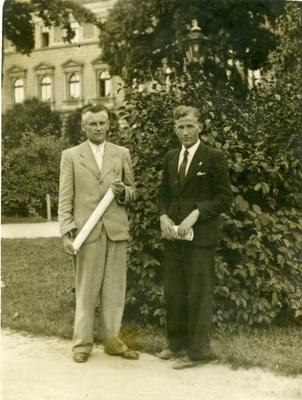 Портрет в парку Івана Франка
Портрет в парку Івана Франка
-
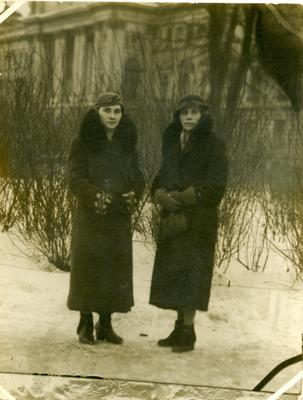 Портрет в парку Івана Франка
Портрет в парку Івана Франка
-
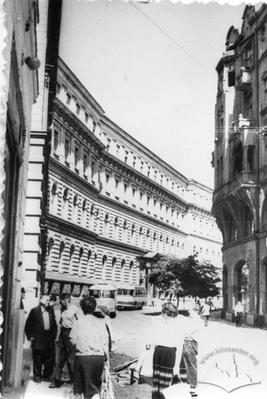 Вулиця Тадеуша Костюшка
Вулиця Тадеуша Костюшка
-
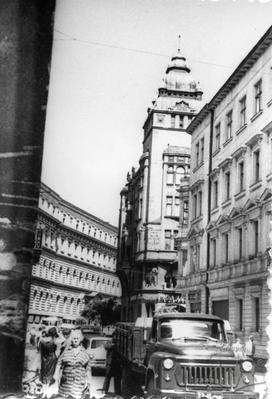 Вулиця Тадеуша Костюшка
Вулиця Тадеуша Костюшка
-
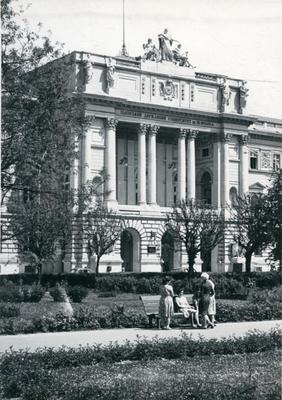 Львівський університет
Львівський університет
-
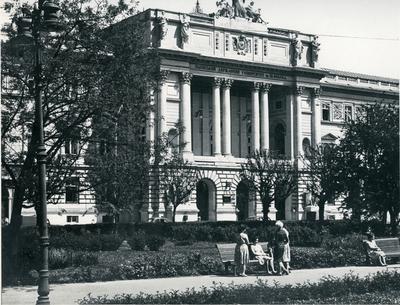 Львівський університет
Львівський університет
































